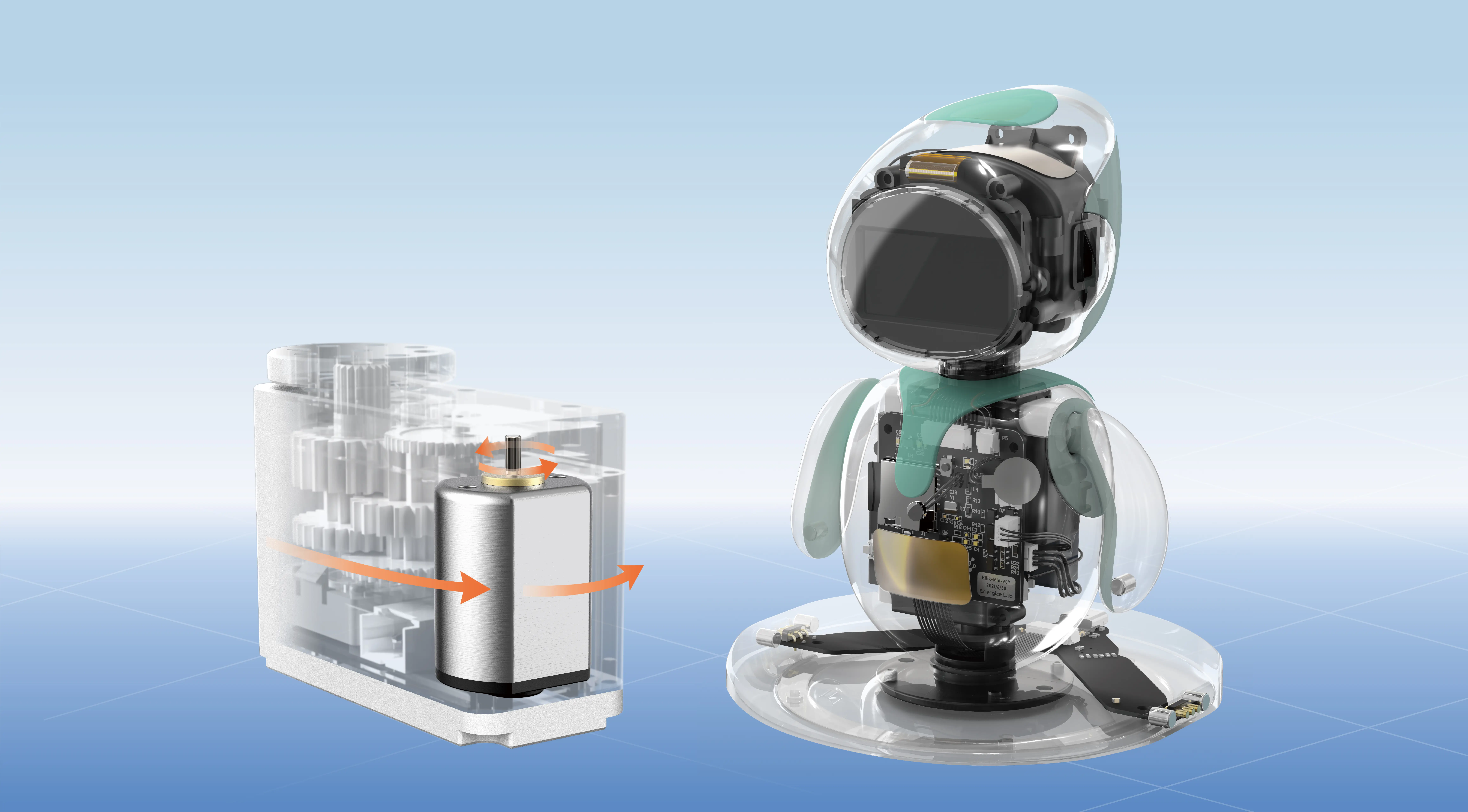Ever tried making a robot arm move smoothly or a tiny drone twist just right? That's where a 9g micro servo kicks in—compact but powerful enough to turn your wildest ideas into reality. Imagine you’re diving into Arduino projects. You pick up that little micro servo, and suddenly the world of robotics becomes a lot more fun. Easy to wire, simple to control, yet capable of impressive precision.

Let’s talk about what makes this tiny marvel special. Most 9g servos handle about 1.2kg/cm of torque, which is surprisingly enough for small robots, camera gimbals, or even model aircraft. They don’t need a lot of space—just a bit of room on your breadboard or inside your project box. Plus, their speed is quite decent, allowing quick response times that keep your machine feeling lively. Have you ever seen a robotic hand open and close with realistic movement? That’s partly thanks to micro servos being so quick and responsive.
Now, if you’re just starting out with Arduino, hooking up this servo is straightforward. A typical setup involves connecting the power and ground pins to your Arduino’s power lines, and then linking the signal pin to a PWM-capable pin. It’s almost like plugging in a toy. Once wired, controlling it is just a matter of writing a few lines of code: specifying the angle you want, and voilà—your servo moves precisely to that position.
Ever wondered how those tiny servos know where to go? It’s all about the pulse width modulation (PWM). Sending different signal durations tells the servo what angle to turn to. The fun part is, once you get the hang of it, you can create movements that are almost lifelike—smooth pans, gentle tilts, or rapid turns. It’s like magic, until you realize it’s just clever circuitry and programming working perfectly together.
What about durability? Many micro servos are built with metal gears inside, making them resilient, though they’re still not indestructible. They’re designed for lightweight tasks, not heavy lifting. If you push them beyond their limits, you risk stripping gears or overheating. That’s something to keep in mind when designing your project—know your load, give it some rest, and your servo will serve you well.
Some projects might require you to make adjustments, like calibrating your servo’s neutral position or limits. Good news is, most of these servos respond well to test programs, making fine-tuning a breeze. And with some practice, controlling multiple servos at once becomes easier—the key is managing the timing and power supply properly.
If you’re curious about how this tiny motor can unlock so many possibilities, just picture opening a door to DIY robotics, educational kits, or even art installations. Its small size hides a universe of potential. Whether you want to build a mini robot dog or automate a camera movement, this servo is a dependable choice that bridges the gap between simple mechanisms and complex systems.
So, when someone asks, “Is a 9g micro servo right for my project?” the answer is pretty clear: yes. It offers a perfect blend of size, power, and control for everything from beginner projects to more polished prototypes. Dive in, experiment, and see how this tiny motor can change the way you build. The possibilities are exactly as big as what you’re willing to imagine.
Established in 2005, Kpower has been dedicated to a professional compact motion unit manufacturer, headquartered in Dongguan, Guangdong Province, China. Leveraging innovations in modular drive technology, Kpower integrates high-performance motors, precision reducers, and multi-protocol control systems to provide efficient and customized smart drive system solutions. Kpower has delivered professional drive system solutions to over 500 enterprise clients globally with products covering various fields such as Smart Home Systems, Automatic Electronics, Robotics, Precision Agriculture, Drones, and Industrial Automation.




































